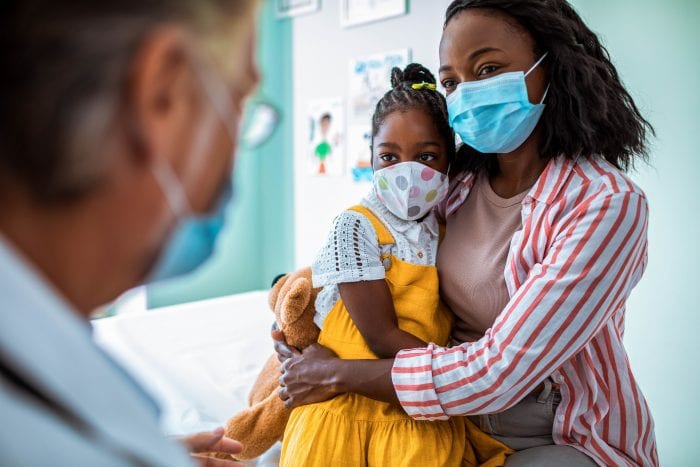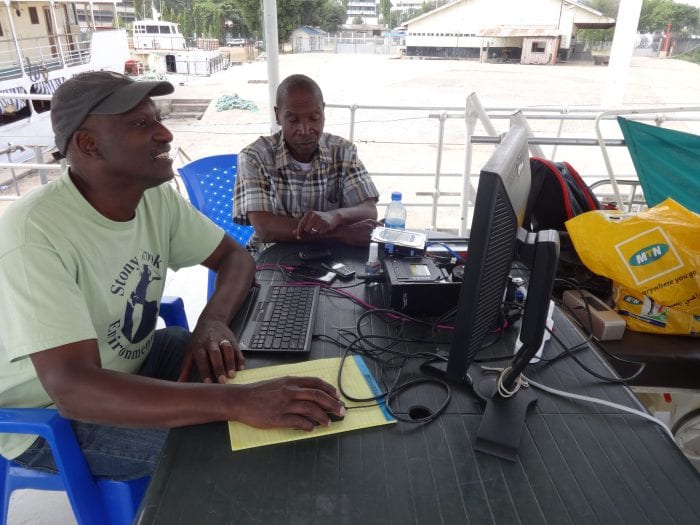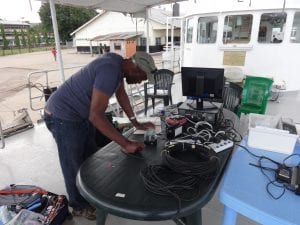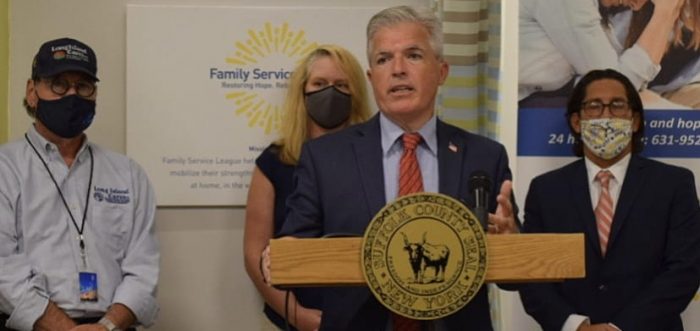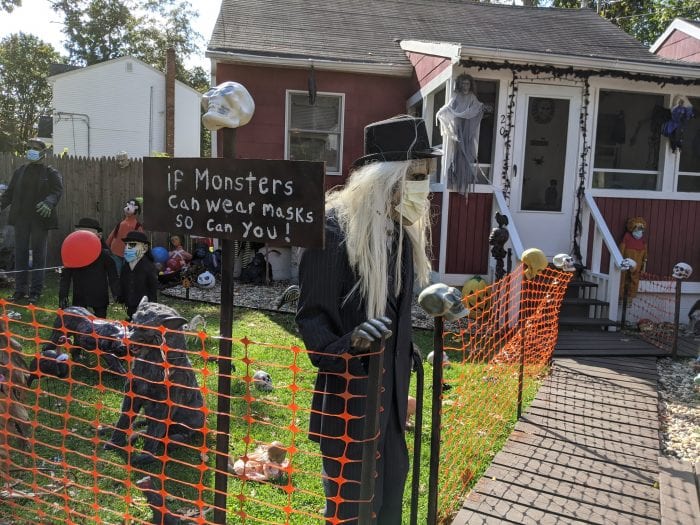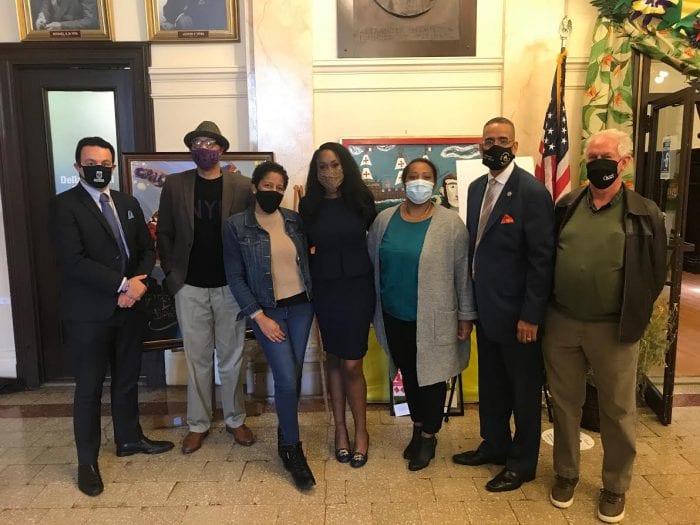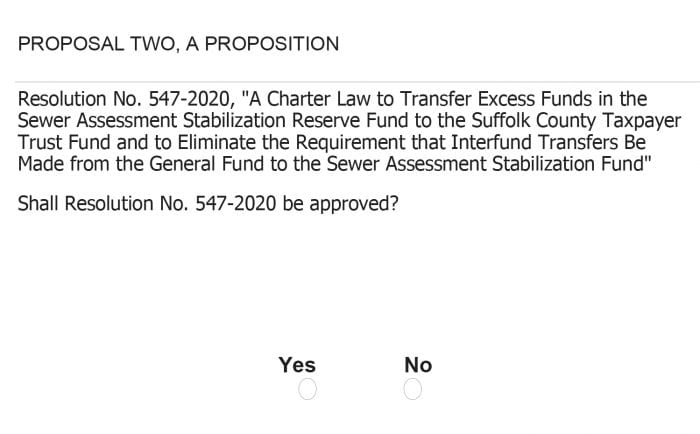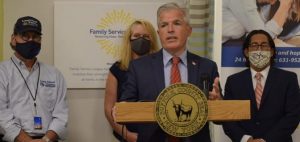On the night before Thanksgiving, high school and college students typically come together to reconnect, share stories and share a drink.
This year, as COVID-19 cases climb throughout the U.S., including in Suffolk County, County Executive Steve Bellone (D), along with the Suffolk County Police Department and local enforcement offices, are discouraging gatherings that might cause further spread of the virus.
Enforcement efforts will using social host laws, which fine residents for allowing underage drinking, and state-mandated gathering restrictions, which combined, could lead to “serious consequences,” Bellone said on a conference call with reporters Nov. 17.
“No matter where you are or what you are doing, social distancing and mask guidelines must be followed,” Bellone said. “We’ve come too far to go back now.”
With new state restrictions that limit the sale of alcohol after 10 p.m. through bars and restaurants, Bellone said enforcement efforts would be on the look out for gatherings at private residences. Some of these viral spreading events have occurred during smaller gatherings.
“The spread of COVID-19 at these types of parties is very, very real,” Bellone said. “We’ve seen it countless times. We all need to take personal responsibility,” which includes parents who need to comply with social host laws and the state’s gathering limits in homes.
Bellone announced a partnership between the Suffolk County Department of Health and the nonprofit Partners in Prevention, which is starting a social media campaign to inform the community about social host laws. Bellone called this information “critical” leading up to Thanksgiving celebrations.
While Suffolk County enforcement efforts will respond to calls about larger group gatherings, Bellone said police would use “common sense” and would not be “going door to door to check on the number of individuals in a house.”
As for the infection rates, the numbers continue to rise, returning to levels not seen in months.
“We expect our numbers [of positive tests] to be around 400 today,” Bellone said. The positivity rate is about 3.4 percent, while the number of people hospitalized with symptoms related to the virus approaching 100.
“We have not been above 100 since June 18,” Bellone said. In the last 24 hours, the number of people who have required hospitalization from the virus increased by 16.
While the virus has exhausted people physically and mentally, the county cannot “jeopardize our continued economic recovery” and the health of the population by stepping back from measures such as social distancing, mask wearing and hand washing that proved so effective in reducing the spread earlier this year, Bellone said.
“Now is the time to double down on common sense measures that work,” he added.
Some of the positive tests are coming from people in nursing homes, who are among the most vulnerable population.
“With the nursing homes, that is obviously a big concern,” Bellone said. The county is “making sure they have the PPE [personal protective equipment] they need.”
The Department of Health is staying in close contact with these facilities as cases continue to climb.
Bellone urged residents who dined at a Friendly’s restaurant in Riverhead on Nov. 5 or 6 to monitor their symptoms for the next two weeks. Six adults who worked at the restaurant have tested positive for the virus.
Anyone who is exhibiting symptoms of the virus, which include fever, a runny nose, lost of taste or smell, fatigue, shortness of breath, can find a testing site at suffolkcountyny.gov/covid19.
Separately, when asked about the possibility of schools closing in response to the increasing incidence of positive tests, Bellone urged schools to remain open at this testing level.


